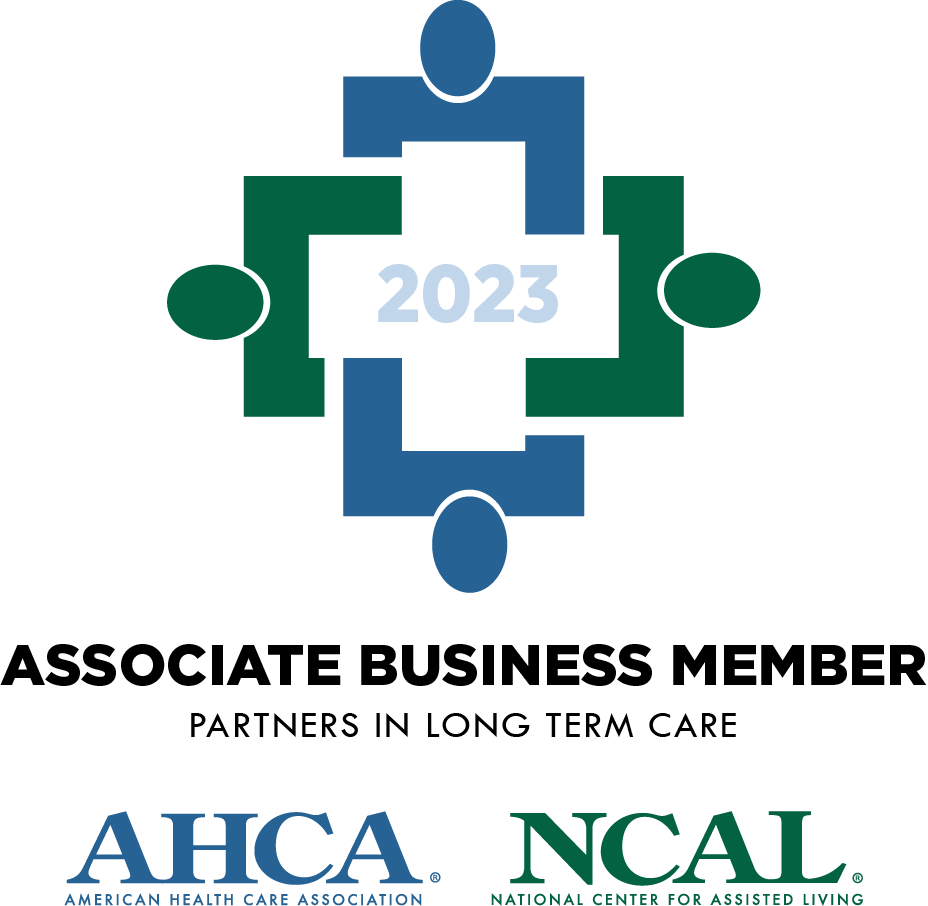[This article is Part 1 of a 7 Part Series on Compliance Programs for SNFs, for the rest of the articles in the series, go HERE]
We’ve conquered the first four elements of a compliance program in earlier blogs. The next components of developing a compliance program are often forgotten or ignored: enforcement and discipline. Like any effective program, there must be consequences for violating the facility’s code of conduct and policies and procedures. Think of the parent that threatens and threatens with no true follow up and enforcement of the house rules. The result? A house that’s up for grabs!
We all know we’re only as good as our weakest link, so it’s essential for staff to know there are ramifications and this program isn’t just “checking a box.”
Key elements of an effective enforcement and disciplinary system include:
- Make discipline even-handed. Corporate officers, managers, and supervisors must also be held accountable for failing to comply. In addition, managers and supervisors need to know they’re responsible for disciplining employees appropriately and consistently.
- Consider discipline on a case-by-case basis. Appropriate disciplinary actions could range from a reprimand with additional training to a demotion to termination. To be effective, the incentive or disciplinary action should be proportional to the conduct. Ensure that your organization defines the procedures for handling disciplinary problems and those who will be responsible for taking appropriate action.
- Catch them doing something right. The program should be more than punitive; positive reinforcement goes much further than punishment for improving behavior. Incentives could include rewarding them when they raise appropriate concerns, acknowledging excellent quality of care, and rewarding helpful recommendations for improving the compliance program and/or its implementation.
- Make resolution swift. It’s important that the compliance officer or other management immediately investigate allegations to determine whether a violation of the compliance program has occurred and, if so, what steps have been taken to correct the issue. If the staff feels unheard or management is unresponsive, they’ll hesitate to report because “no one will do anything anyway.” Also, be sure to emphasize the facility’s non-retaliatory policy.
- Reroute: Look carefully at your systems based on issues that arise. In long-term care, we know “stuff” happens; however, the guidelines make it clear that a “recurrence of similar misconduct creates doubt regarding whether the organization took reasonable steps to” achieve an effective program (Guidelines, §8B2.1 Commentary App. Note 2[D]). It’s necessary to take appropriate remedial measures and analyze the root cause to determine why something happened. This may include anything from disciplining the person responsible for the improper conduct to modifying the compliance program.
- Screen employees: We must take reasonable steps to ensure that our staff hasn’t engaged in illegal activities or conducted themselves in a manner inconsistent with the compliance program. This requires that, as an organization, we implement employee screening procedures to check a person’s background and criminal history. This would include exclusion checks (more on that later), background checks, licensure checks, and following up with previous employers and references.
- Document, document, document: Enough said







